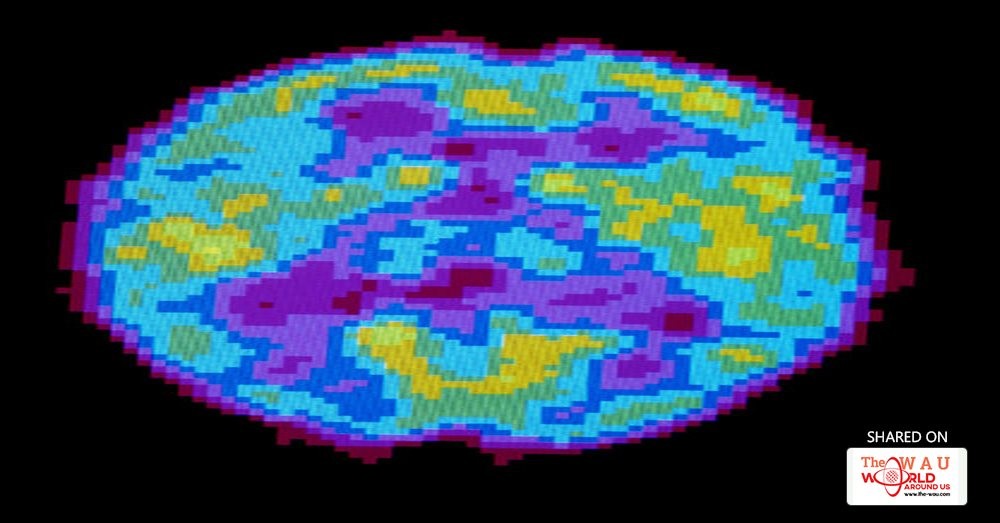Over the years, scientists have come up with a lot of ideas about why we sleep.
Some have argued that it’s a way to save energy. Others have suggested that slumber provides an opportunity to clear away the brain’s cellular waste. Still others have proposed that sleep simply forces animals to lie still, letting them hide from predators.
A pair of papers published on Thursday in the journal Science offer evidence for another notion: We sleep to forget some of the things we learn each day.
In order to learn, we have to grow connections, or synapses, between the neurons in our brains. These connections enable neurons to send signals to one another quickly and efficiently. We store new memories in these networks.
In 2003, Giulio Tononi and Chiara Cirelli, biologists at the University of Wisconsin-Madison, proposed that synapses grew so exuberantly during the day that our brain circuits got “noisy.” When we sleep, the scientists argued, our brains pare back the connections to lift the signal over the noise.
In the years since, Dr. Tononi and Dr. Cirelli, along with other researchers, have found a great deal of indirect evidence to support the so-called synaptic homeostasis hypothesis.
It turns out, for example, that neurons can prune their synapses — at least in a dish. In laboratory experiments on clumps of neurons, scientists can give them a drug that spurs them to grow extra synapses. Afterward, the neurons pare back some of the growth.
Other evidence comes from the electric waves released by the brain. During deep sleep, the waves slow down. Dr. Tononi and Dr. Cirelli have argued that shrinking synapses produce this change.
Four years ago, Dr. Tononi and Dr. Cirelli got a chance to test their theory by looking at the synapses themselves. They acquired a kind of deli slicer for brain tissue, which they used to shave ultrathin sheets from a mouse’s brain.
Luisa de Vivo, an assistant scientist working in their lab, led a painstaking survey of tissue taken from mice, some awake and others asleep. She and her colleagues determined the size and shape of 6,920 synapses in total.
The synapses in the brains of sleeping mice, they found, were 18 percent smaller than in awake ones. “That there’s such a big change over all is surprising,” Dr. Tononi said.
The second study was led by Graham H. Diering, a postdoctoral researcher at Johns Hopkins University. Dr. Diering and his colleagues set out to explore the synaptic homeostasis hypothesis by studying the proteins in mouse brains. “I’m really coming at it from this nuts-and-bolts place,” Dr. Diering said.
In one experiment, Dr. Diering and his colleagues created a tiny window through which they could peer into mouse brains. Then he and his colleagues added a chemical that lit up a surface protein on brain synapses.
Looking through the window, they found that the number of surface proteins dropped during sleep. That decline is what you would expect if the synapses were shrinking.
Dr. Diering and his colleagues then searched for the molecular trigger for this change. They found that hundreds of proteins increase or decrease inside of synapses during the night. But one protein in particular, called Homer1A, stood out.
In earlier experiments on neurons in a dish, Homer1A proved to be important for paring back synapses. Dr. Diering wondered if it was important in sleep, too.
To find out, he and his colleagues studied mice genetically engineered so that they couldn’t make Homer1A proteins. These mice slept like ordinary mice, but their synapses didn’t change their proteins like the ones in ordinary mice.
Share This Post












